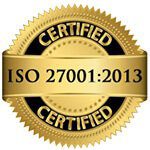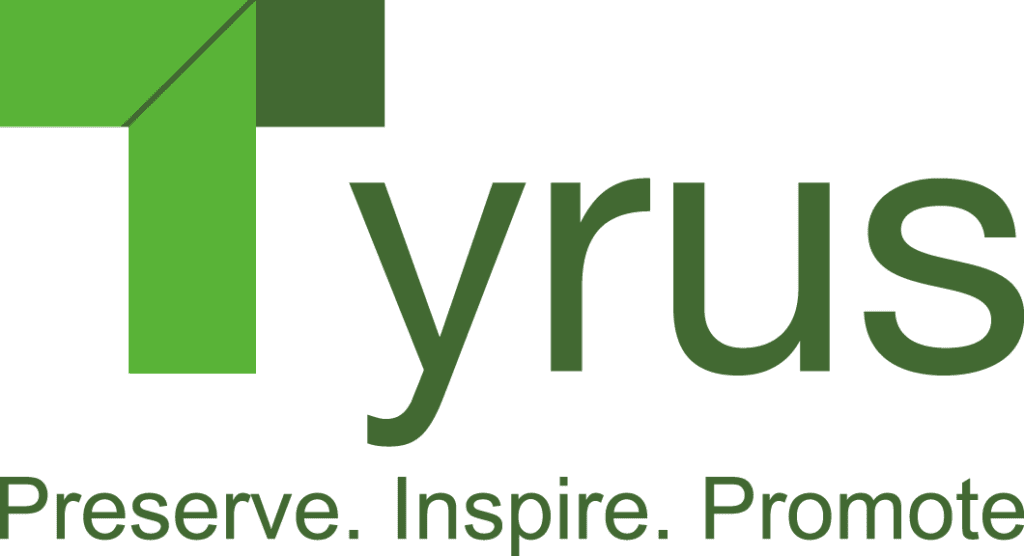CASE STUDIES
Electronic form of documents could be generated in any form but the purpose it servers varies from various departments and hierarchy within an organization. The advantages of deploying a document management system are numerous. A document management system is a software solution which caters the needs of managing document in a storage platform. DMS can also be used to facilitate the productivity of employees and adding security to the document retrieval process. Delinquency in operations is a major setback in a company. If the required document is not provided in a stipulated time there are looses which are irreversible. If a potential client is not provided with adequate documents, this may lead to image degradation. Not only business critical documents but the historical documents which cater the image and history of the company must be preserved. Thus the preserved images will speak volumes about the history and enhance the branding campaigns of the company.
Infosys Archival Project
Value Addition Of DMS
A document management system is a software solution that caters to the needs of managing documents in a storage platform. DMS can also be used to facilitate employees’ productivity and add security to the document retrieval process. The digital processing (document scanning) associated with the introduction of the workflow is a working process that enables significant productivity gains, reduces costs, and contributes to improving work quality. The document workflow enables substantial productivity gains, as it provides complete information at the right time, the user indicated. Associated with the digitization process, it will also ensure that appropriate treatment is given to each document.
For a company with a rich historical background and a bright future, it must restore its history. History may remind the forthcoming managers how it achieved the success that it is today. History teaches people how adverse situations were dealt with and overcame. And a company that had its existence in a vital part of the industrial revolution speaks a lot about the company and the country’s industrial approach. Preserving history is crucial for the organization as it is instrumental in branding and marketing campaigns. Stakeholders’ perception is well addressed, and a positive environment is created within the organization’s operations in adverse situations. Historical instances help in building up the positive mindset required during a setback.
The company was established in 1982 when India was the epicenter of a worldwide industrial and information revolution. With a humble beginning of 10000INR, it stated in Pune and never looked back upon the shortcoming. It was established as the country’s largest software provider within ten years.
Millions of artifacts like newspaper articles, blogs, magazine articles, business articles, and many other media artifacts were digitized and pushed into a digital platform. The physical form of artifacts was arranged and stored in an accepted hierarchy. The digitized documents were accessed across the globe. With the help of the digital document format, the company established a digital museum, which added to the company’s brand value successfully.
Stakeholders, potential customers, and employees were given access to the digital platform. The audience that had access to the digital documents had access to how the company operated in the past and the innovation that followed in every milestone achieved. This was instrumental in building trust and transparency among the people the company wished to work with in the future. The physical, digital museum so created was vital in nurturing the faith in the new employees and help in them to attain their full potential within the organization.
The above mentioned were some of the impacts of digitization projects of historical documents but the value addition that the organization achieves by digitizing all its business documents is innumerable.
Robert Bosh Project
Value Addition Of DMS
A document management system is a software solution that caters to the needs of managing documents in a storage platform. DMS can also be used to facilitate employees’ productivity and add security to the document retrieval process. The digital processing (document scanning) associated with the introduction of the workflow is a working process that enables significant productivity gains, reduces costs, and contributes to improving work quality. The document workflow enables substantial productivity gains, as it provides complete information at the right time, the user indicated. Associated with the digitization process, it will also ensure that appropriate treatment is given to each document.
The human resource department of any organization is a vital part of the same. It acts as the organization’s backbone as it caters to the need of the required human talent and adheres to a given set of policies. It is instrumental in keeping records and adequate resources for the proper functioning of the business establishment. Companies with successful businesses retain their vital resources and train them for upcoming business needs. To keep track of the employees’ day-to-day operations and training programs, human resources generate many documents every day. Keeping track of all the papers is a prior responsibility of the department. Handling physical documents and retrieving them on demand is a challenging task. If the document is not accounted for and results in any document, misplacement can be disastrous for the organization. Document management should be integrated into an electronic form to gain a market edge and derive adequate policies for the business needs.
Physical document management can be a costly affair for the organization. Retrieving and storing the physical form of the document can be an added operational hindrance. Transferring employee records from one business center to another in a geographical region was difficult. There was always a chance of mishandling and information loss. The intervention of TYRUS TECHNOLOGIES for the organization helped it face the challenges and turn around its brand value. Overall, document management cost is reduced. Physical space for the storage of documents was converted into other business-critical needs. Compliance with insurance and audit organization was maintained without hassle. Less time and resources were spared for administrative operations harnessed better internal and external relationships. Employee details and records were assessed through a central digital portal. The accountability of individual employees in the organization and the human resource department increased many folds.
After successfully implementing the Document Management System, Tyrus Technologies has explored opportunities to serve the organization in various other verticals and departments.
For a company with a rich historical background and a bright future, it must restore its history. History may remind the forthcoming managers how it achieved the success that it is today. History teaches people how adverse situations were dealt with and overcame. And a company that had its existence in a vital part of the industrial revolution speaks a lot about the company and the country’s industrial approach. Preserving history is crucial for the organization as it is instrumental in branding and marketing campaigns. Stakeholders’ perception is well addressed, and a positive environment is created within the organization’s operations in adverse situations. Historical instances help in building up the positive mindset required during a setback.
The company was established in 1982 when India was the epicenter of a worldwide industrial and information revolution. With a humble beginning of 10000INR, it stated in Pune and never looked back upon the shortcoming. It was established as the country’s largest software provider within ten years.
Millions of artifacts like newspaper articles, blogs, magazine articles, business articles, and many other media artifacts were digitized and pushed into a digital platform. The physical form of artifacts was arranged and stored in an accepted hierarchy. The digitized documents were accessed across the globe. With the help of the digital document format, the company established a digital museum, which added to the company’s brand value successfully.
Stakeholders, potential customers, and employees were given access to the digital platform. The audience that had access to the digital documents had access to how the company operated in the past and the innovation that followed in every milestone achieved. This was instrumental in building trust and transparency among the people the company wished to work with in the future. The physical, digital museum so created was vital in nurturing the faith in the new employees and help in them to attain their full potential within the organization.
The above mentioned were some of the impacts of digitization projects of historical documents but the value addition that the organization achieves by digitizing all its business documents is innumerable.
Cosmo Project
Value Addition Of DMS
A hospital is a healthcare institution providing patient treatment with specialized medical and nursing staff and medical equipment. The best-known type of hospital is the general hospital, which typically has an emergency department to treat urgent health problems ranging from fire and accident victims to heart attacks. A district hospital typically is the primary health care facility in its region, with large numbers of beds for intensive care and additional beds for patients who need long-term care.
Patients had to wait for 15-30 min or more & it used to take around 15 min to create a new record for the new patients. As this work was all manual & was on paper, in case those records were misplaced, the duplicate records were to be created. Sometimes hospital authority was unable to retrieve the existing records for the same patient who revisits the hospital.
The volume of records used to be huge, and the real estate consumption for such an operation was highly demanding. Retrieving and printing redundant patient records was a costly affair as well. The cost of retaining documents and storing them for a long time demanded a different set of skills, and the price was increasing exponentially.
The intervention of TYRUS TECHNOLOGIES for the health care organization helped the hospital face the challenges and turned around its brand value. Overall, document management cost is reduced. Physical space for the storage of documents was converted into other business-critical needs. Overall Patient wait time was reduced to 5-10 min. Compliance with insurance and audit organization was maintained without hassle. Different doctors achieved better patient governance as the historical files can be accessed easily. Less time and resources spared for administrative operations harnessed better internal and external relationships.


